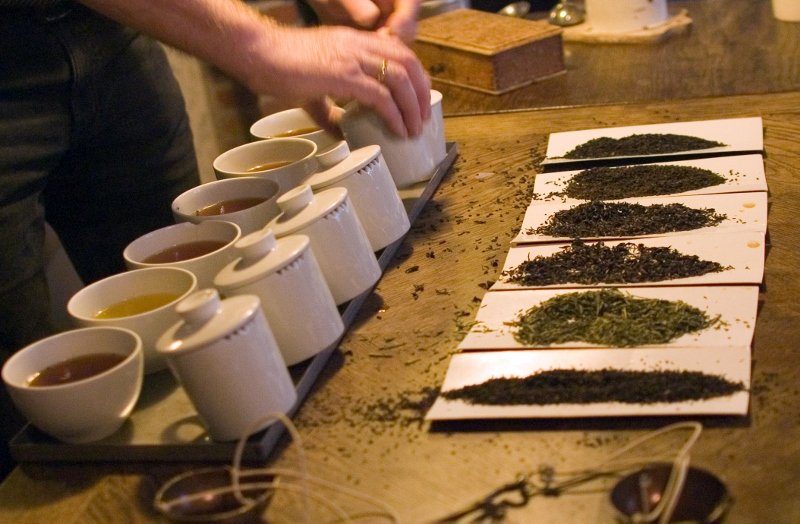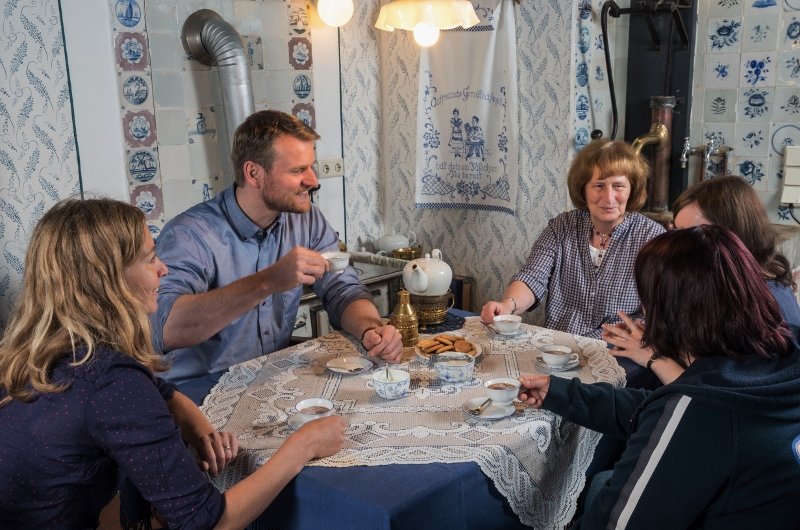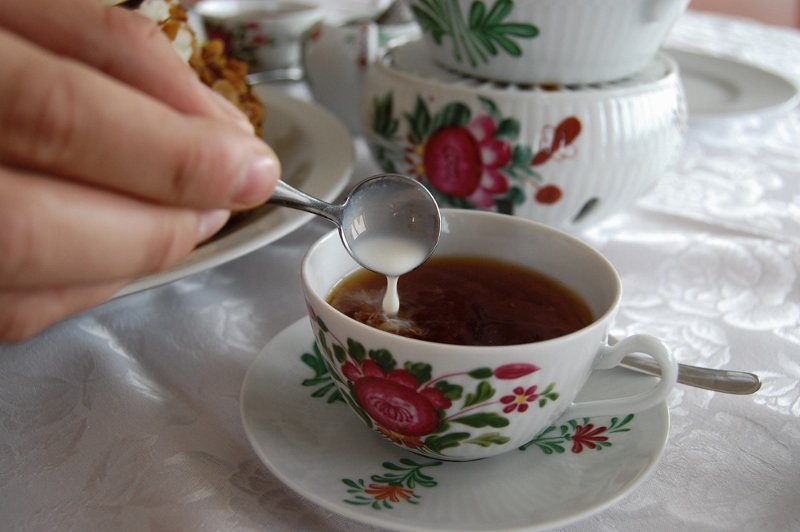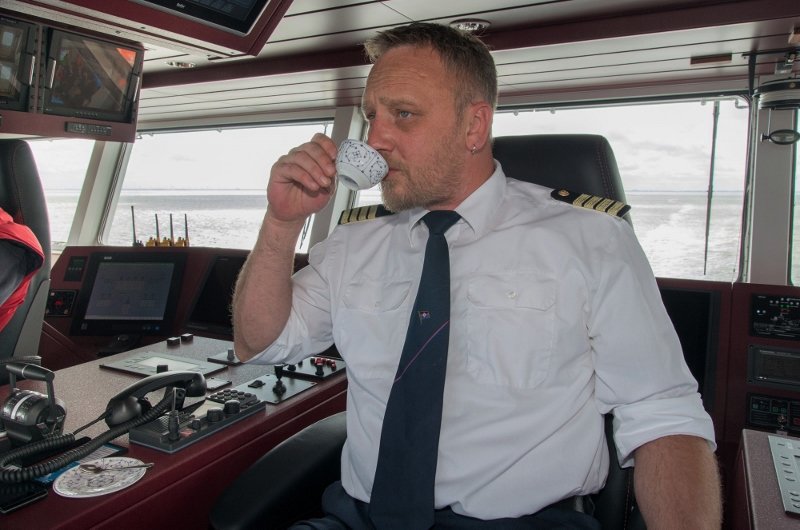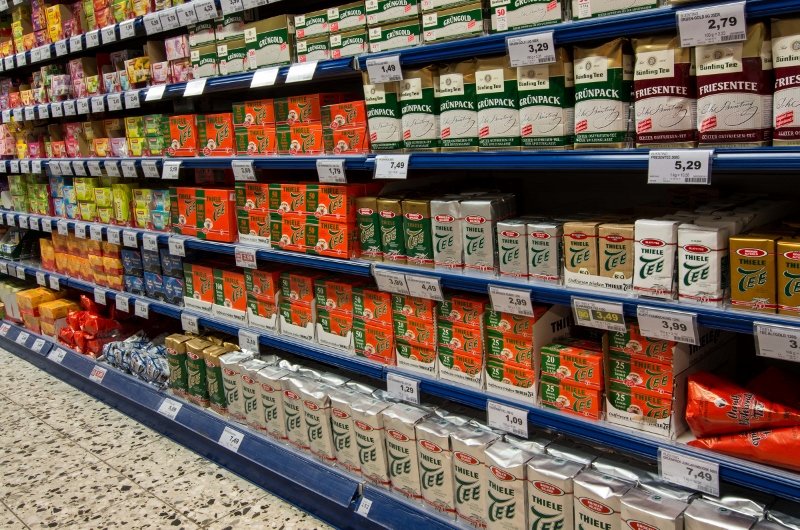Nationwide Inventory of Intangible Cultural Heritage
East Frisian Tea Culture
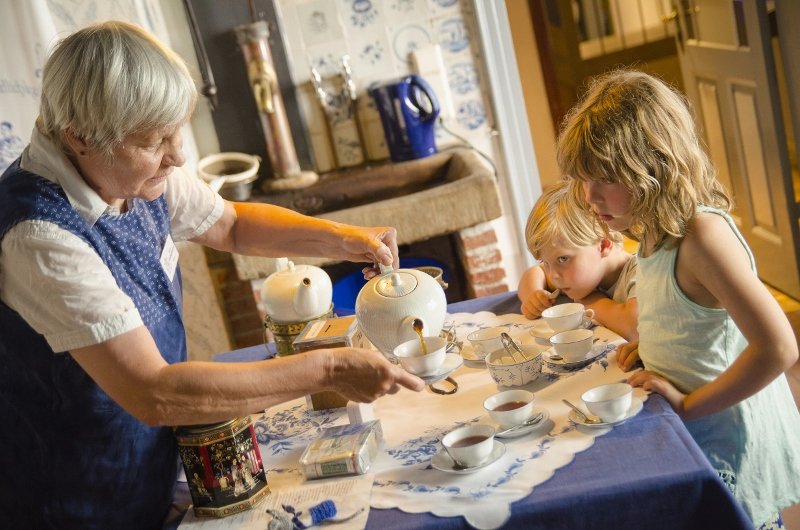
For about 300 years, Eastern Friesland (Lower Saxony) has been a tea drinking region and to this day the tea culture is an East Frisian cultural practice. A distinct East Frisian tea culture has developed, visible e.g. in the East Frisian tea ceremony, a ritualized way to drink tea.
Facts & figures
Crucial date: all seasons
Inscription: 2016
Domains: social practices, rituals and festive events
Where to find: East Frisia, Lower Saxony
Contact
Ostfriesisches Teemuseum Norden
Dr. Matthias Stenger
@email
www.teemuseum.de
The tea, made from loose tea leaves, is poured into a cup onto a piece of rock sugar, called “Kluntje”. Then a little bit of cream is put on the tea at the edge of the cup, which slowly sinks to the bottom and then again rises. This produces a cloud-like structure called “Wulkje”.
Generally, the tea is not stirred, so that with each sip a different taste is experienced: first the mild cream, then the strong tea and finally the sweetness of the rock sugar.
Regular held and by the locals passionately followed tea times and drinking tea together structure the day and affect the family as well as professional life in Eastern Friesland. The tea culture is passed on, in particular, within families, as is shown by the fact that the preference for a certain tea mixture is often passed on from generation to generation.
The tea culture has affected language and material culture. There are many idioms and expressions in Low German regarding tea. The tea is drunk in typical East Frisian tea dishes with rose decor, the so-called "East Frisian Rose".
The tea itself is also an East Frisian specialty: the "real East Frisian mixture". This is a strong black tea mixture mostly from Assam teas, which can only be called "real" when mixed in Eastern Friesland. Due to the long tradition of tea drinking and high consumption, there are still several tea companies in the region.
